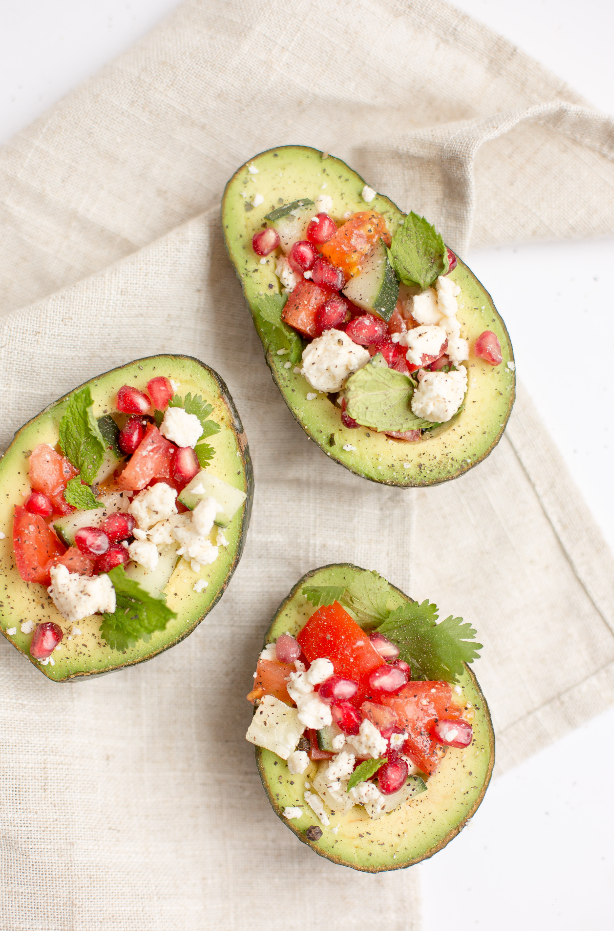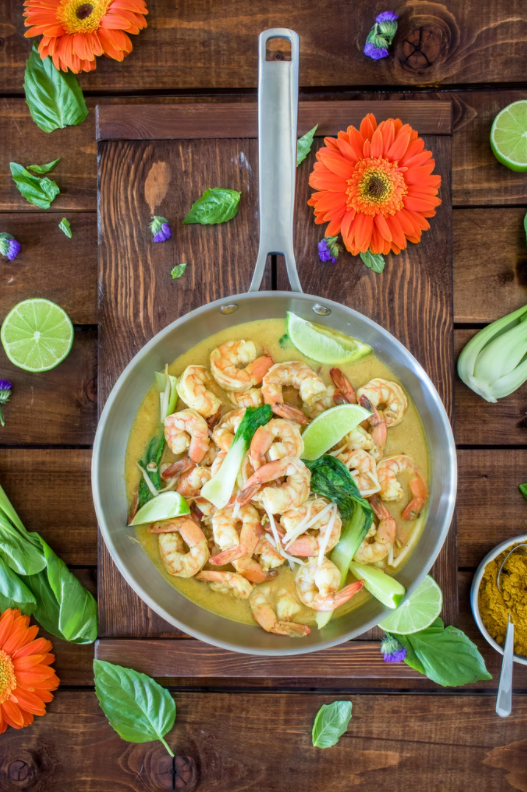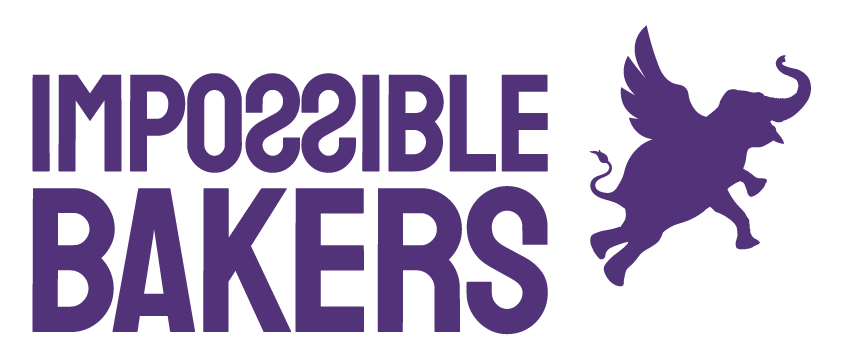FOODS ALLOWED AND NOT ALLOWED ON THE KETO DIET
The first doubt that assails anyone who decides to start in the world of the Keto diet is:
What can I eat and what can't?
In short, the ketogenic diet is a diet that limits carbohydrate intake; 5-10% of total daily calories are allowed to come from this macronutrient, which amounts to a total of between 20-30 g per day. As for protein, the percentage ranges between 15-25% and finally most of the caloric intake comes from fats, 65-75%, which allows our body to undergo the metabolic change called ketosis and use fat as fuel. .
Now, in practice, what foods can you consume?
First of all, a healthy keto diet will be based on natural, nutrient-rich foods . Let's start:
FOODS THAT YES
We start with FATS, the protagonists of the ketogenic diet. The first thing you should keep in mind is that these fats must be healthy, choose: extra virgin olive oil, virgin coconut oil, olives, avocados, homemade sauces such as mayonnaise or pesto sauce, also fat of animal origin and the dried fruits.
And discard trans fats, such as sunflower oil, palm oil, margarines...
The second most important macronutrient is PROTEIN and here the range of possibilities is enormous, from all types of meat: red meat, poultry, pork, organ meats, seafood, fish, especially blue, to eggs and dairy products, the latter in moderation its inflammatory effect.
The other great macronutrient is CARBOHYDRATES , and although their intake is very limited, vegetables are essential, chard, spinach, broccoli, zucchini, cabbages, cauliflower, lettuce, artichoke... Green has to be present. And the fruits ? The chosen ones will be wild fruits, raspberries, blackberries, blueberries... and others such as lemon or coconut.
Fermented foods are also great allies.
FOODS YOU SHOULD AVOID
The large food groups that are not present in a ketogenic diet are: sugars of any type, cereals and pseudocereals and their respective flours, tubers and starches, legumes and certain vegetables with a high glycemic index.
Bread and sweets are two of the foods not allowed in the keto diet that are missed the most, and as we know, at Impossible Bakers we have made the impossible possible, creating keto breads and sweets made with natural ingredients of the best quality. .
Laia Puig, Dietitian
Sources:
Printed book
Stro, Carlos and Stro, Ricardo. (2019). Ketogenic diet, the protocol for effective eating. Weekly rituals.
Sisson, Mark. (2017). The Keto diet restarts your metabolism in 21 days and burns fat for life . Grijalbo.

OTROS ARTICULOS RELACIONADOS
Vivir sin gluten (y con sabor): un homenaje a todas las personas celíacas
Por un poco de azúcar no pasa nada... ¿Seguro que no pasa nada?
The best books for your health
Intermittent fasting: what it is, what it is based on and what are its benefits
Carbohydrates, two sides of the same molecule
Ketosis and migraine
Essential amino acids: what they are, what they are and why we need them
Transition to a Low-Carb Life
Processed and ultra-processed in baby food
Back to routine
Summer essentials
The sweet poison
All about the Impossible Diet
Our favorite books
How to get back into Ketosis?
Sugar-Free & Low-carb: real health
Woman and low-carb diet
Keto Flu Effects: What Are They and How to Soften Them?
How do I know if I am in ketosis?
Erythritol vs Sugar
Keto and fasting
Benefits of the Keto Diet vs. other diets
What is the Keto or Low Carb diet?
Read more

Benefits of the Keto Diet vs. other diets
There are many proven benefits of low-carbohydrate diets, and although weight loss is the most popular, it is by no means the only benefit of the ketogenic diet. Next, we tell you what the main ...
Read more
Keto and fasting
Fasting and the ketogenic diet have a very close relationship, so close that most of the time those who follow a low-carb diet also practice intermittent or prolonged fasting. Let's recap. The go...
Read more



